On March 2, Representative Katie Porter (D-CA-45) introduced a long overdue measure to overhaul the fiscal management of oil and gas development on federal lands. The bill updates terms in federal oil and gas leases that were set back in 1987 and 1920, adjusts fees and penalties for noncompliance, and generally tilts management of taxpayer-owned oil and gas back towards the taxpayer interest. Altogether, the bill’s provisions will eventually generate billions of dollars more in revenue and get us closer to receiving a fair return for federal resources. On May 5, the House Natural Resources Committee held a markup to consider the bill and approved it, as amended, 23-14.
Download the whole fact sheet here, or skip down to descriptions of its sections:
Background
Millions of barrels of oil and billions of cubic feet of natural gas are produced from federal lands and waters every day. For the right to produce and profit from this oil and gas, producers pay taxpayers rent to use federal real estate, a royalty to share a portion of the resources’ market value, and fees to cover the government’s cost of managing the whole program. Over time, however, the rent, royalties, and fees slipped behind the market rates that state and private landowners charge oil and gas companies and what is needed to cover the government’s administrative costs. The result is that billions of dollars in revenue is left on the table every year and taxpayers don’t get a fair return for letting companies develop taxpayer-owned oil and gas.
The new bill primarily addresses how much taxpayers get from oil and gas development on federal lands, which is overseen by the Bureau of Land Management (BLM). Below is an overview of some of the provisions in the bill.
Royalties
First and foremost, the bill would increase the royalty rate for new leases to explore for and develop oil and gas on federal land to 18.75 percent. The current rate of 12.5 percent was set in the Mineral Leasing Act of 1920. The 18.75 percent rate creates parity with what the government charges operators for offshore leases in federal waters. It is also in line with what most states charge for oil and gas production on state lands (see table).
The bill won’t change the royalty rate for oil and gas leases on federal land already in effect. But the sooner the new rate is implemented, the sooner taxpayers start getting more from every barrel of federal oil produced.
If the BLM had increased the royalty rate to 18.75% decades ago, taxpayers could have gotten up to $12.2 billion more in royalty revenue over the last decade (2011-2020). For more, read our 2020 report, Royally Losing.
Minimum Bid
Next, the bill adjusts the “national minimum acceptable bid,” which is the lowest a company or speculator can bid in an auction for federal oil and gas leases. The current minimum bid of $2/acre was set in 1987. In recent years, many bidders have taken advantage of the low rate.
In 2019 and 2020 alone, more than 550 leases covering roughly 660,000 acres of federal land received the minimum bid. If the minimum had been $10/acre instead, as the amended bill proposes, taxpayers could have gotten $5 million in additional revenue.
Rent
Another provision in the bill would increase the annual rent charged in leases on federal land, which was also last set in 1987. Since then, inflation has effectively reduced the value of rent paid to taxpayers by more than half. The bill would correct for the effect of inflation almost perfectly by increasing rent for the first five years of a lease from $1.50/acre to $3/acre and rent for the last five years of a lease from $2/acre to $5/acre. Using BLM statistics for the number of acres leased but not producing, Taxpayers for Common Sense estimates that the failure of rental rates to keep up with inflation has reduced rental revenue by roughly $30 million per year over the last decade. Because first-year’s rent is due when a parcel receives a bid to be leased at auction, increasing the rate now will bring in additional revenue with each new lease sale.
Inflation Adjustment
Taxpayers have lost hundreds of millions of dollars, if not more than a billion dollars because the terms for oil and gas leases set by Congress in 1987 failed to keep up with inflation.
The bill prevents similar losses in the future by requiring the Secretary of the Interior to update the fees set in the bill for rent and minimum bids at least every four years.
Reinstated Leases
If a lease-owner fails to live up to lease terms, including paying rent, a lease can be terminated. However, if the owner quickly pays what’s owed and explains their prior failure, they can apply to the Secretary of the Interior to have the lease reinstated. Reinstated leases include higher rates for lease terms.
Along with increasing the standard rates for all leases, the bill also increases the rates for reinstated leases: back rent is increased from $10/acre to $20/acre and the rate for future royalties is increased from 16.67% to 25%.
Inspection Fees
The BLM’s job doesn’t end when it issues an oil and gas lease. In addition to processing applications for rights-of-way and permits to drill wells, the BLM conducts thousands of inspections each year to make sure safety and environmental standards are being met during drilling for wells and production. It also inspects leases to make sure oil and gas volumes are being measured accurately, records are being kept, that wells have been closed properly, and in some instances whether there’s been theft or a spill. In FY2019, the BLM conducted 30,976 inspections. Running the inspection program costs taxpayers roughly $50 million each year.
To fund the inspection program that enables oil and gas companies to operate on federal lands, the bill institutes inspection fees for each lease, unit, or communitization agreement in force at the start of FY2021. The Secretary of the Interior is required to set the fee rate, but until such regulations are issued, the bill sets the fees based on the number of wells:
- $700 with no active/inactive wells
- $1,225 with 1-10 wells
- $4,900 with 11-50 wells
- $9,800 with >50 wells
As amended, the bill exempts tribal operators from inspection fees.
Penalties
To ensure compliance, the statutes authorizing oil and gas development on federal lands and waters set different fines, civil penalties, and criminal penalties for violating the law in various ways. With only a couple exceptions, these laws set static rates that haven’t been updated in decades. Over time, inflation has reduced the deterrence effect Congress intended the penalties to have.
The bill rectifies the problem by updating the penalties set in the Mineral Leasing Act, the Federal Oil and Gas Royalty Management Act of 1982, and the Outer Continental Shelf Lands Act.
Royalty Relief
In decades past, Congress authorized the Department of the Interior to issue leases in offshore waters that charge royalties at reduced rates. By not collecting royalties from some of these leases, taxpayers have lost billions of dollars in revenue. The bill ensures future leases won’t exacerbate the problem by repealing the authority to offer royalty relief for leases producing deep gas in shallow water, and leases producing oil and gas in deep water in the Gulf of Mexico.
The bill also repeals the authority to offer royalty relief for leases in waters off the shore of Alaska and in the National Petroleum Reserve in Alaska.
Royalty Data Reporting
Oversight agencies set standards for how to measure and record oil and gas production on federal lands and waters, but the current system relies on operators reporting as the basis for charging royalties. The bill includes a few provisions to shore up the system and ensure taxpayers are getting paid for every bit of production, while also potentially easing the burden on operators.
Double checking what operators report is fundamental to good oversight. To enhance this oversight, the bill gives agencies the ability to conduct “compliance reviews” outside of the more formal audit process. The reviews would allow agency staff to use statistical methods to detect discrepancies in royalty accounts to identify possible subjects for audit. Companies reporting royalty volumes and payments would be notified if their accounts are being looked at.
The bill also attempts to improve royalty accounting by authorizing a pilot program for automatic data transfer from offshore leases. The program would ask operators who volunteer to try submitting production volume and quality data automatically and then issue on report on how well it worked for operators and the agency. Taking advantage of innovative data management could improve reporting accuracy and reduce costs to lessees.
The bill also establishes a civil penalty for late or inaccurate royalty data reporting. The rate would be set by regulations at not less than $10 per instance.
Lastly, the bill would expand who’s required to keep good records when moving gas into or out of natural gas plants.
Methane Royalties
Taxpayers do not receive compensation for all gas extracted from federal lands and waters. For years, rules concerning when operators can vent or flare natural gas without incurring a royalty have been hotly contested by industry and agencies in different administrations. Operators wasted more than 360 billion cubic feet of gas on federal lands and waters from FY2010 to FY2019 without paying taxpayers for it. Taxpayers lost out on between $150-180 million in royalties as a result.
The bill clarifies the issue by simply stating that all gas from federal leases, with certain small exceptions, like beneficial use by a Tribal operator, should incur a royalty. This would not only reduce the amount of gas waste and increase royalties, but it would also close a longstanding loophole in the law. Currently, so long as gas is not “removed or sold” from a lease, operators don’t have to pay for it. This allows operators to use huge amounts of gas on their leases to power their equipment without paying taxpayers.
Between FY2010 and FY2019, operators reported using more than 2 trillion cubic feet of gas on their leases. Taxpayers lost roughly $1 billion in royalties on this gas because of the loophole.
Conclusion
Federal and state taxpayers are losing billions of dollars in revenue from outdated fiscal policies for oil and gas development on federal lands and waters. In addition to updating the royalty rate, annual rent, and the minimum bid for onshore oil and gas leases, limiting gas waste, and recovering administrative costs, the bill streamlines procedures for royalty management. Altogether, the bill is an important step in bringing the federal leasing system into the 21st century and providing taxpayers a fair return on the oil and gas resources we all own.




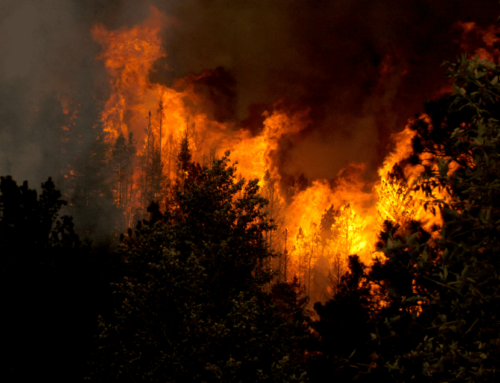
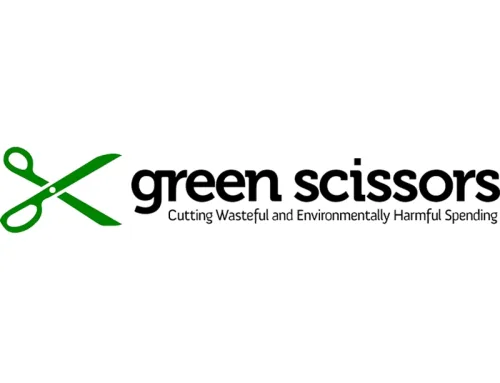

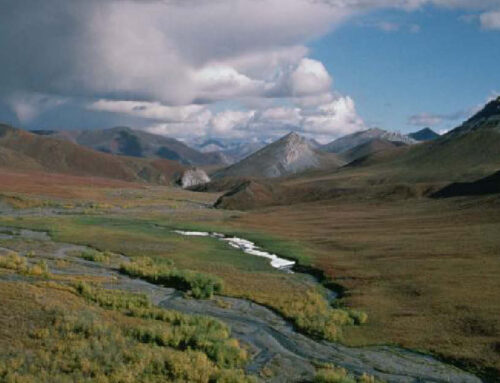



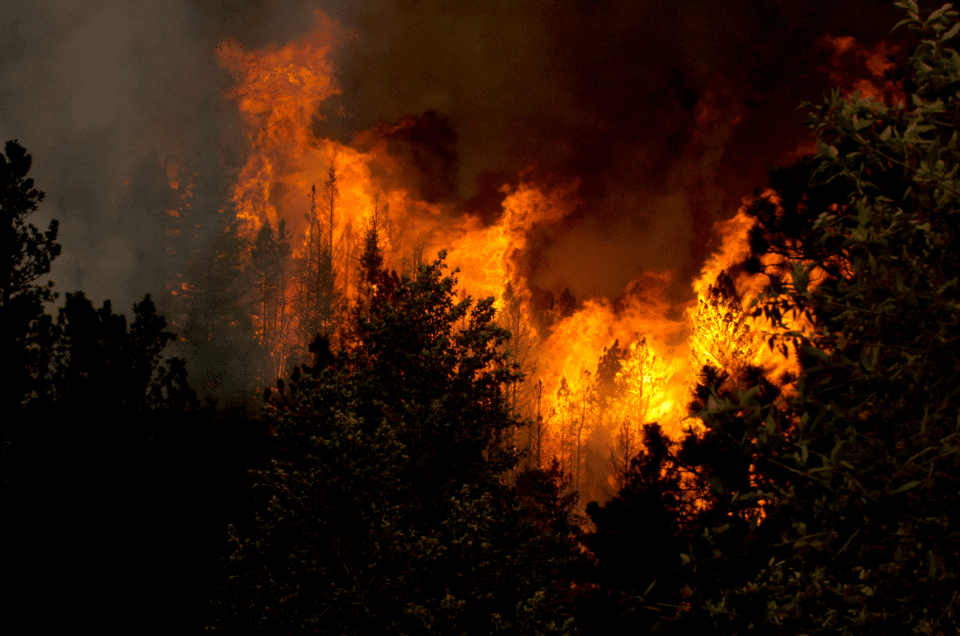
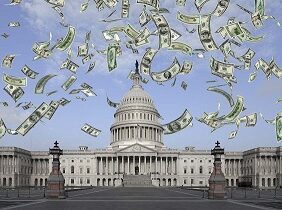
Get Social